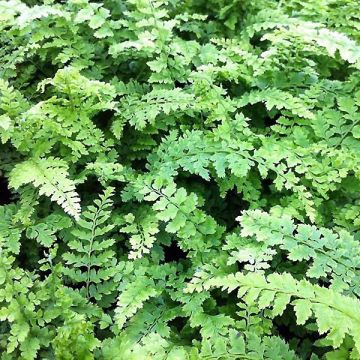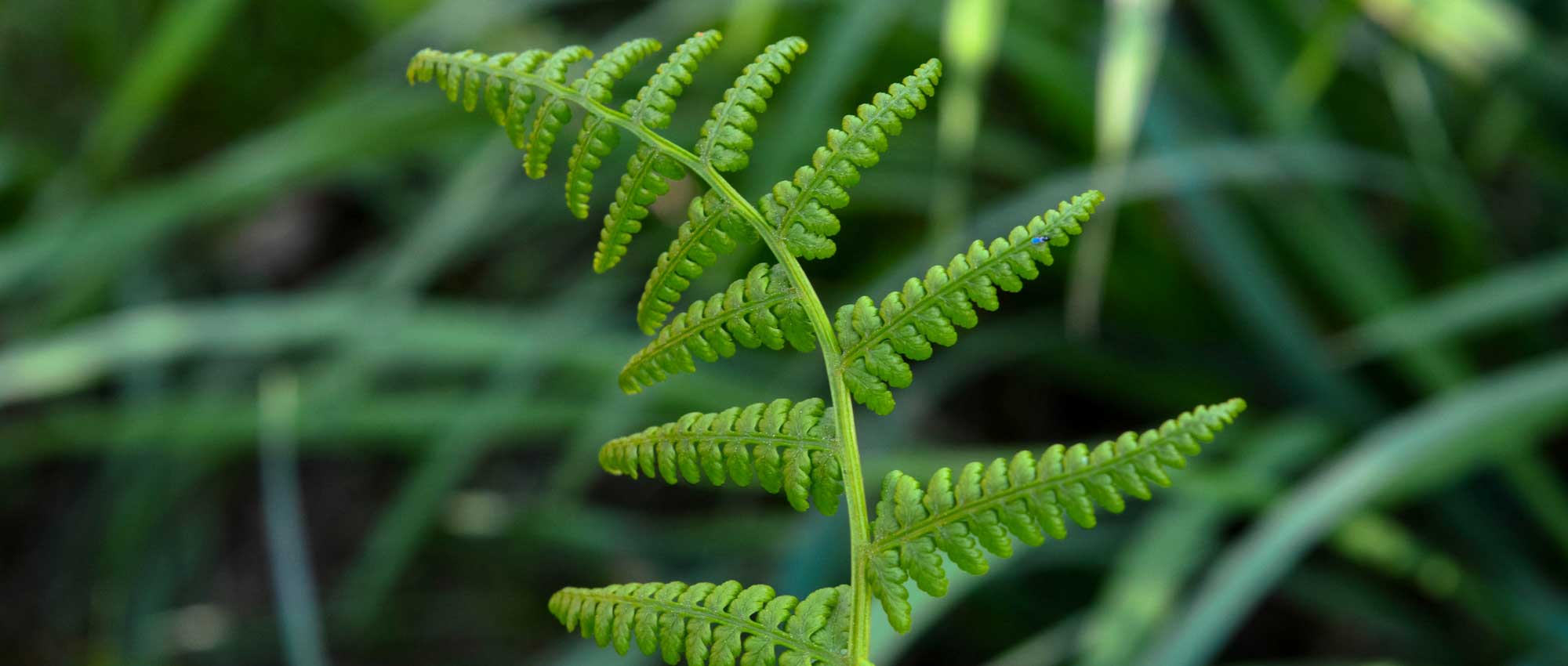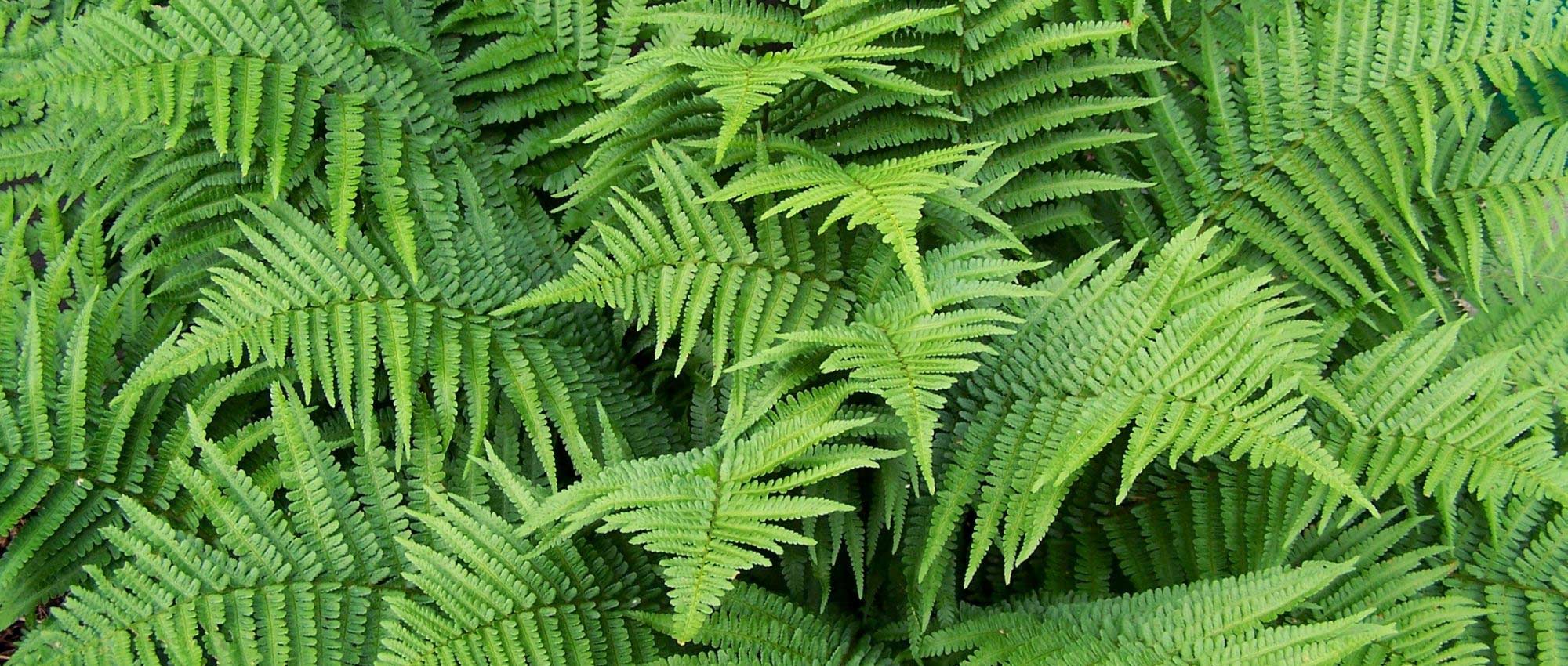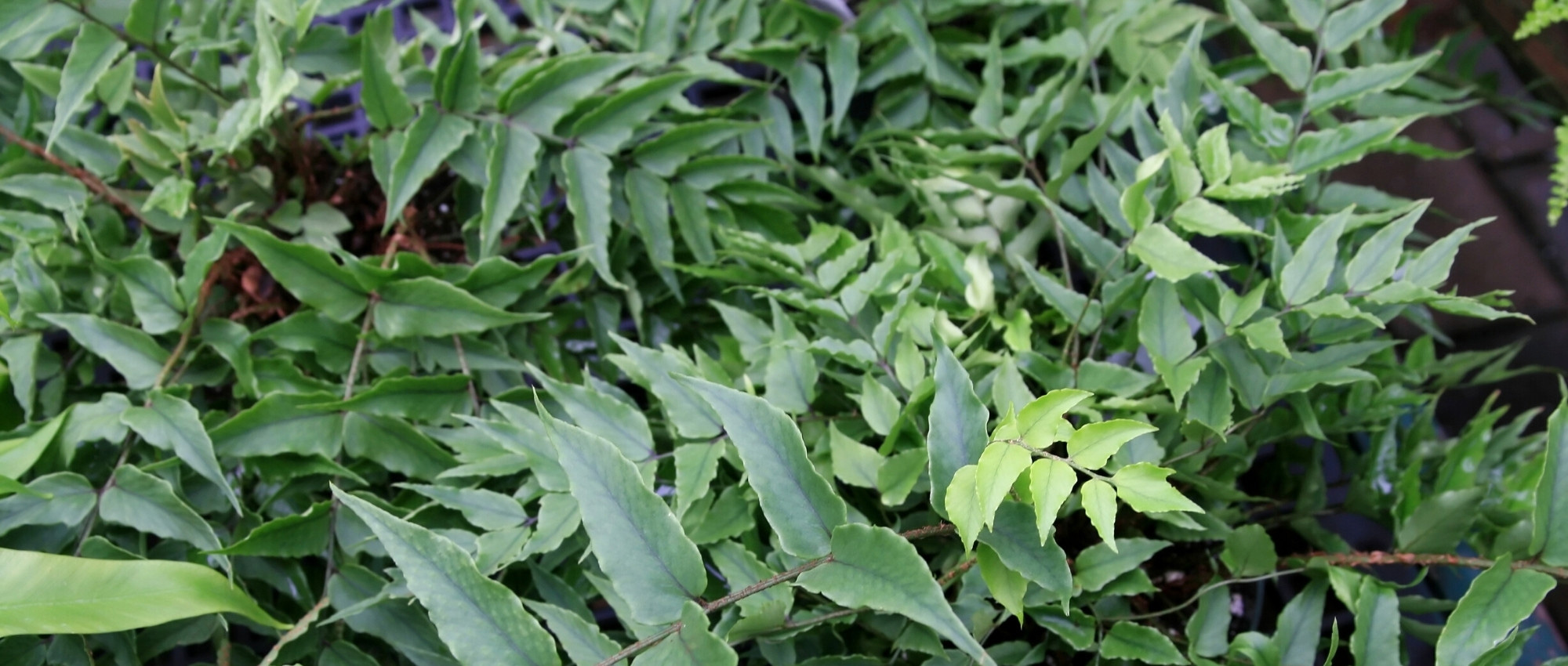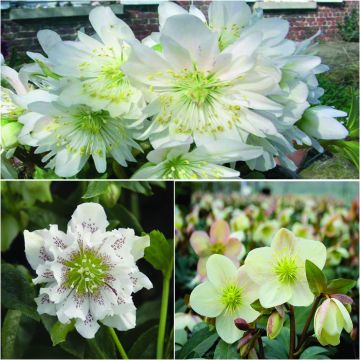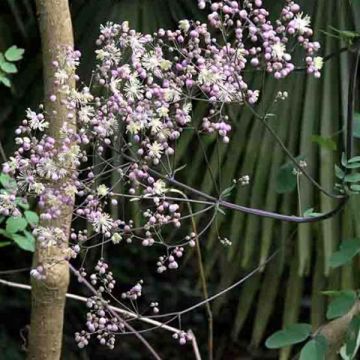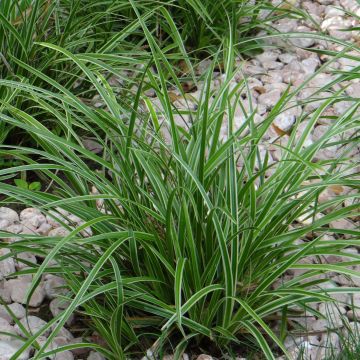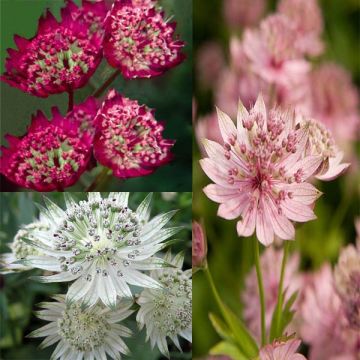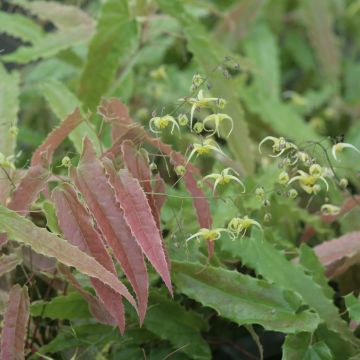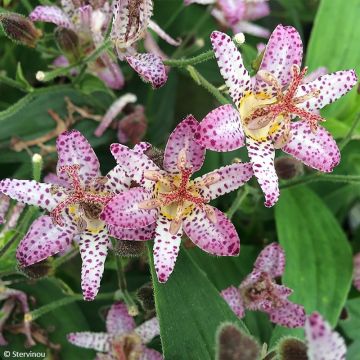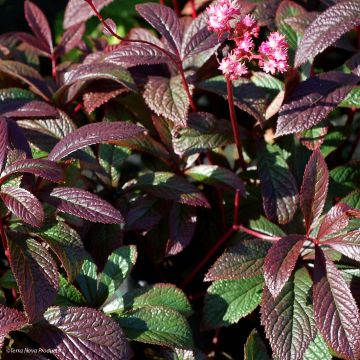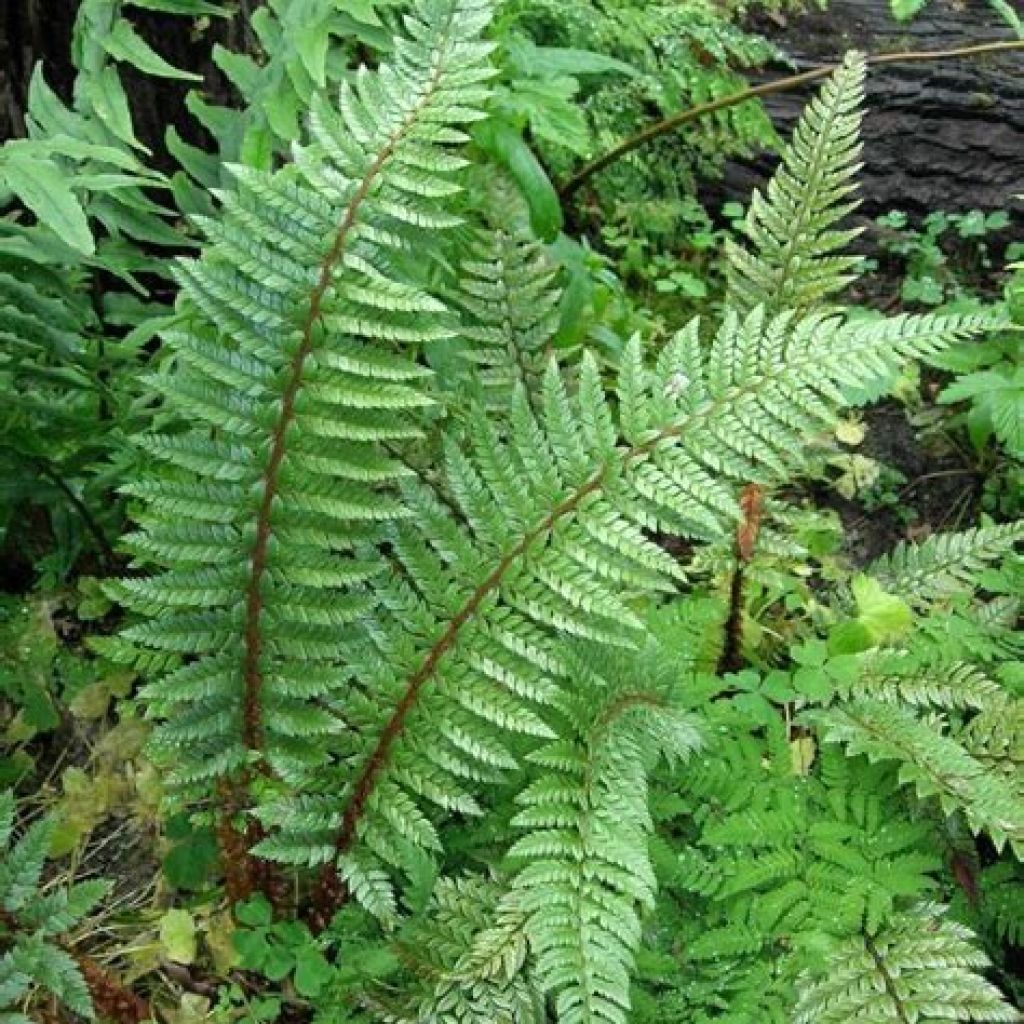

Polystichum neolobatum - Shield Fern
Polystichum neolobatum - Shield Fern
Polystichum neolobatum
Does indeed dislike limestone, but holds up well with only a few yellow and rusty leaves.
jean , 09/08/2025
Special offer!
Receive a €20 voucher for any order over €90 (excluding delivery costs, credit notes, and plastic-free options)!
1- Add your favorite plants to your cart.
2- Once you have reached €90, confirm your order (you can even choose the delivery date!).
3- As soon as your order is shipped, you will receive an email containing your voucher code, valid for 3 months (90 days).
Your voucher is unique and can only be used once, for any order with a minimum value of €20, excluding delivery costs.
Can be combined with other current offers, non-divisible and non-refundable.
Home or relay delivery (depending on size and destination)
Schedule delivery date,
and select date in basket
This plant carries a 12 months recovery warranty
More information
We guarantee the quality of our plants for a full growing cycle, and will replace at our expense any plant that fails to recover under normal climatic and planting conditions.
Would this plant suit my garden?
Set up your Plantfit profile →
Description
Polystichum neolobatum is an Asian fern remarkable both for its ornamental qualities and its robustness, and undoubtedly one of the best evergreen species. It is also known as the Sword Fern due to its tough foliage, cut into rough and sharp pinnae. This polystichum develops beautifully carved fronds of a glossy green colour, beautiful all year round and unaffected by bad weather. In spring, its young shoots, shaped like croziers, unfurl under rusty scales. Of medium size, with a rather upright habit, the plant will benefit from being planted in groups of 3 to 5 specimens. It is easy to grow in shady positions, in non-calcareous and well-drained soil.
Polystichum neolobatum is a very hardy botanical species native to the Himalayas, China, Japan, and Taiwan. It is a perennial plant of the Dryopteridaceae family. Growing quite slowly, this fern forms a tussock 60 cm (24 in) high and about 50 cm (20 in) wide at the base. Its stump is anchored on an erect rhizome. The young shoots and petioles that bear the leaves are covered with a thick layer of mahogany-coloured scales. The fronds have a bipinnate, lanceolate-shaped lamina, deeply divided into 25 to 30 pairs of toothed pinnules, equipped with spines. Each frond persists until spring, then dries up as the spectacular young shoots, in the form of rusty croziers, appear.
The Polystichum genus is very diverse and particularly decorative throughout the year in most species and varieties. The Asian sword fern is a particularly hardy species (down to -22 °C (-7.6 °F)) that adapts to many shady situations, even fairly dry ones. This variety can be adopted in most regions, by carefully choosing its location, as this plant deserves to be highlighted: at the bend of a shaded path or in the undergrowth, it can be associated with simple and undemanding plants such as butcher's broom, holly, mahonias, or creeping cotoneasters. It also pairs well with bamboo, shrubby fuchsias, nandinas, and hostas (the "Empress Wu" hosta, a giant, has a great effect). Ferns are beautiful at the edge of water features or in large shaded rockeries. It can also be grown in a very large pot filled with fertile soil.
Polystichum neolobatum - Shield Fern in pictures
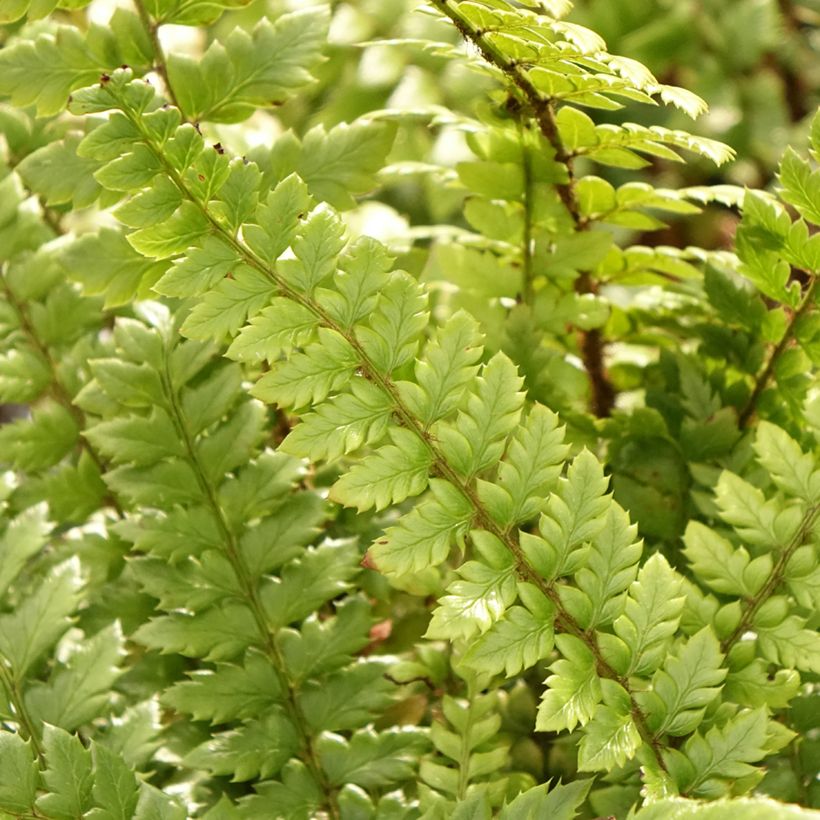

Foliage
Plant habit
Botanical data
Polystichum
neolobatum
Dryopteridaceae
Himalayas
Other Polystichum
View all →Planting and care
Polystichum neolobatum is easy to grow in shady or partially shady positions, in well-loosened soil, enriched with humus, that is acidic or neutral (pH 6 < 7). It particularly appreciates a fertile and light substrate, composed of humus, sand, and dead leaves. Once well established, this fern tolerates drought well. Possibly protect the crown with a thick mulch of dead leaves in winter, in regions with particularly harsh winters, to protect the stump from excessive winter moisture. The old fronds of these ferns should be cut back in early spring, flush with the stump, so that you can fully enjoy the extraordinary spectacle offered by the growth of new fronds each year. It is hardy down to approximately -22 °C (-7.6 °F).
Planting period
Intended location
Care
Planting & care advice
-
, onOrder confirmed
Reply from on Promesse de fleurs
Similar products
Haven't found what you were looking for?
Hardiness is the lowest winter temperature a plant can endure without suffering serious damage or even dying. However, hardiness is affected by location (a sheltered area, such as a patio), protection (winter cover) and soil type (hardiness is improved by well-drained soil).

Photo Sharing Terms & Conditions
In order to encourage gardeners to interact and share their experiences, Promesse de fleurs offers various media enabling content to be uploaded onto its Site - in particular via the ‘Photo sharing’ module.
The User agrees to refrain from:
- Posting any content that is illegal, prejudicial, insulting, racist, inciteful to hatred, revisionist, contrary to public decency, that infringes on privacy or on the privacy rights of third parties, in particular the publicity rights of persons and goods, intellectual property rights, or the right to privacy.
- Submitting content on behalf of a third party;
- Impersonate the identity of a third party and/or publish any personal information about a third party;
In general, the User undertakes to refrain from any unethical behaviour.
All Content (in particular text, comments, files, images, photos, videos, creative works, etc.), which may be subject to property or intellectual property rights, image or other private rights, shall remain the property of the User, subject to the limited rights granted by the terms of the licence granted by Promesse de fleurs as stated below. Users are at liberty to publish or not to publish such Content on the Site, notably via the ‘Photo Sharing’ facility, and accept that this Content shall be made public and freely accessible, notably on the Internet.
Users further acknowledge, undertake to have ,and guarantee that they hold all necessary rights and permissions to publish such material on the Site, in particular with regard to the legislation in force pertaining to any privacy, property, intellectual property, image, or contractual rights, or rights of any other nature. By publishing such Content on the Site, Users acknowledge accepting full liability as publishers of the Content within the meaning of the law, and grant Promesse de fleurs, free of charge, an inclusive, worldwide licence for the said Content for the entire duration of its publication, including all reproduction, representation, up/downloading, displaying, performing, transmission, and storage rights.
Users also grant permission for their name to be linked to the Content and accept that this link may not always be made available.
By engaging in posting material, Users consent to their Content becoming automatically accessible on the Internet, in particular on other sites and/or blogs and/or web pages of the Promesse de fleurs site, including in particular social pages and the Promesse de fleurs catalogue.
Users may secure the removal of entrusted content free of charge by issuing a simple request via our contact form.
The flowering period indicated on our website applies to countries and regions located in USDA zone 8 (France, the United Kingdom, Ireland, the Netherlands, etc.)
It will vary according to where you live:
- In zones 9 to 10 (Italy, Spain, Greece, etc.), flowering will occur about 2 to 4 weeks earlier.
- In zones 6 to 7 (Germany, Poland, Slovenia, and lower mountainous regions), flowering will be delayed by 2 to 3 weeks.
- In zone 5 (Central Europe, Scandinavia), blooming will be delayed by 3 to 5 weeks.
In temperate climates, pruning of spring-flowering shrubs (forsythia, spireas, etc.) should be done just after flowering.
Pruning of summer-flowering shrubs (Indian Lilac, Perovskia, etc.) can be done in winter or spring.
In cold regions as well as with frost-sensitive plants, avoid pruning too early when severe frosts may still occur.
The planting period indicated on our website applies to countries and regions located in USDA zone 8 (France, United Kingdom, Ireland, Netherlands).
It will vary according to where you live:
- In Mediterranean zones (Marseille, Madrid, Milan, etc.), autumn and winter are the best planting periods.
- In continental zones (Strasbourg, Munich, Vienna, etc.), delay planting by 2 to 3 weeks in spring and bring it forward by 2 to 4 weeks in autumn.
- In mountainous regions (the Alps, Pyrenees, Carpathians, etc.), it is best to plant in late spring (May-June) or late summer (August-September).
The harvesting period indicated on our website applies to countries and regions in USDA zone 8 (France, England, Ireland, the Netherlands).
In colder areas (Scandinavia, Poland, Austria...) fruit and vegetable harvests are likely to be delayed by 3-4 weeks.
In warmer areas (Italy, Spain, Greece, etc.), harvesting will probably take place earlier, depending on weather conditions.
The sowing periods indicated on our website apply to countries and regions within USDA Zone 8 (France, UK, Ireland, Netherlands).
In colder areas (Scandinavia, Poland, Austria...), delay any outdoor sowing by 3-4 weeks, or sow under glass.
In warmer climes (Italy, Spain, Greece, etc.), bring outdoor sowing forward by a few weeks.








































